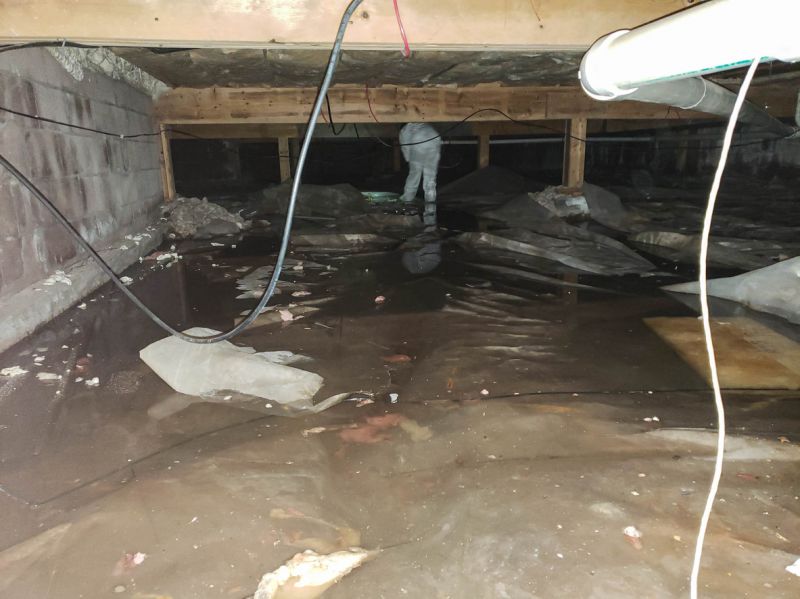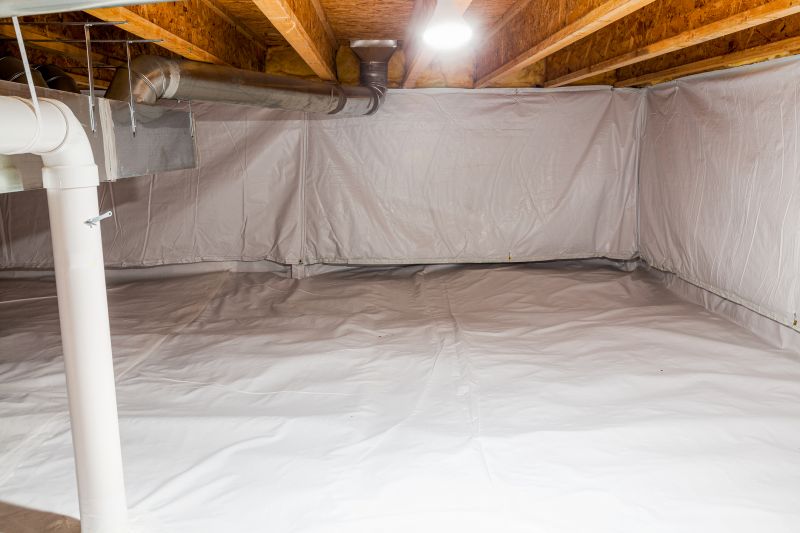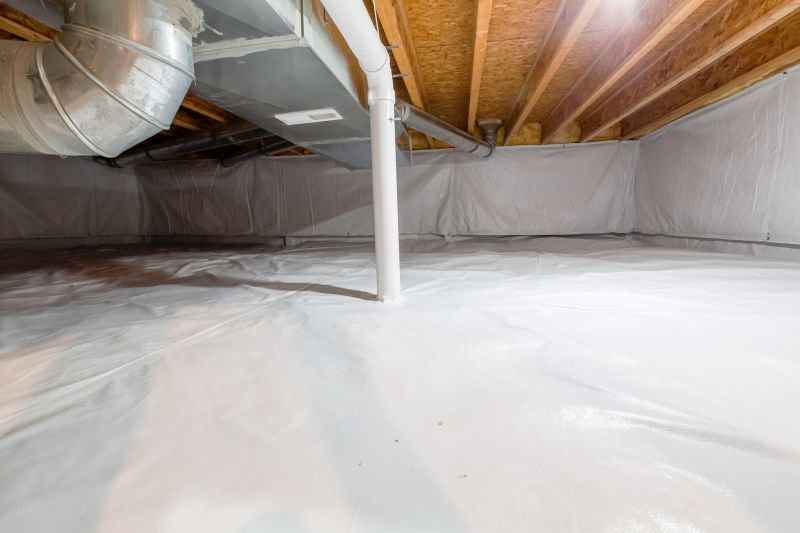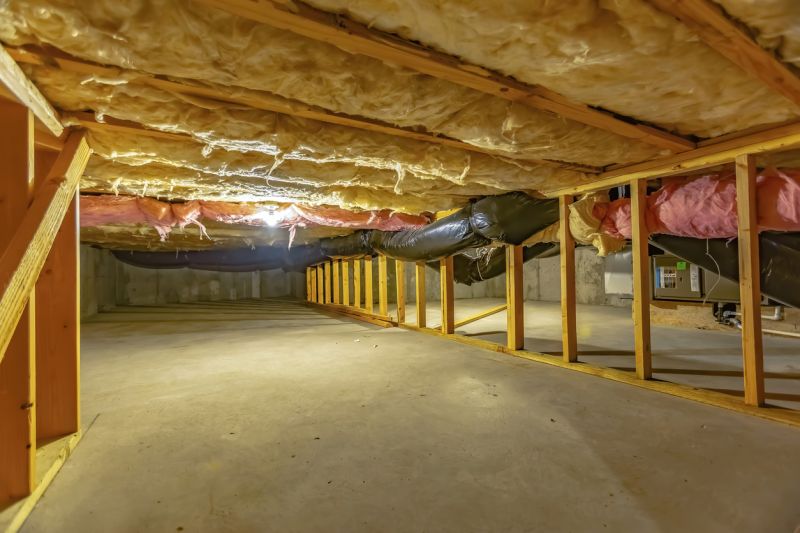Expert Crawlspace Sealing and Moisture Control
Crawlspace encapsulation involves sealing and insulating the space beneath a building to prevent moisture intrusion, improve air quality, and enhance energy efficiency. Proper encapsulation can significantly reduce the risk of mold growth, wood rot, and pest infestations, contributing to a healthier and more durable home environment.
Encapsulation reduces airborne mold spores and allergens, leading to improved indoor air quality and a healthier living space.
Sealing the crawlspace minimizes heat loss, which can decrease heating and cooling costs by up to 15%.
Investing in crawlspace encapsulation can increase property value and reduce long-term maintenance expenses.




Failure to encapsulate a crawlspace can lead to persistent moisture problems, which promote mold growth, wood decay, and pest activity. These issues not only compromise the structural integrity of the building but can also negatively impact indoor air quality, leading to health concerns for occupants. Without proper sealing, energy costs may also rise due to increased heat loss through uninsulated and unsealed spaces.
| Dangers of Not Encapsulating | Potential Consequences |
|---|---|
| Moisture Intrusion | Mold growth, wood rot, and structural damage |
| Air Quality Issues | Increased allergens and airborne mold spores |
| Pest Infestations | Rodents and insects thriving in damp environments |
| Higher Energy Costs | Loss of heated or cooled air through unsealed spaces |
| Reduced Property Value | Decreased appeal and marketability of the home |
Encapsulating a crawlspace can provide numerous benefits, including improved indoor air quality, energy savings, and protection against structural damage. Proper sealing and insulation help maintain a dry, healthy environment beneath the home, reducing the risk of costly repairs and health issues. To explore options for crawlspace encapsulation and receive a personalized quote, it is recommended to contact the local experts in Lansing, MI.

